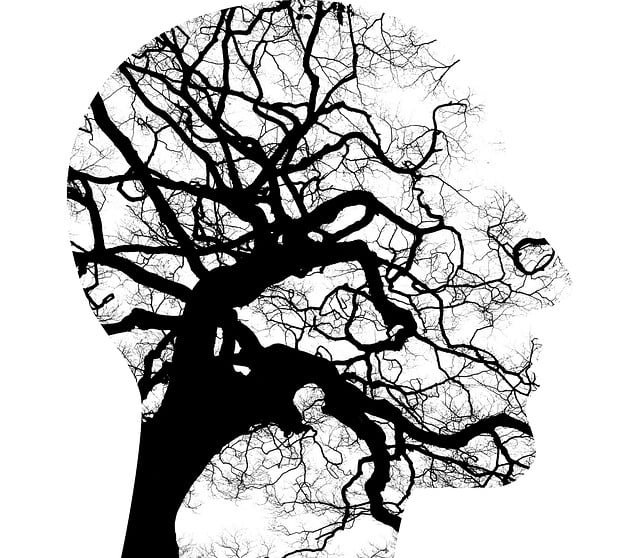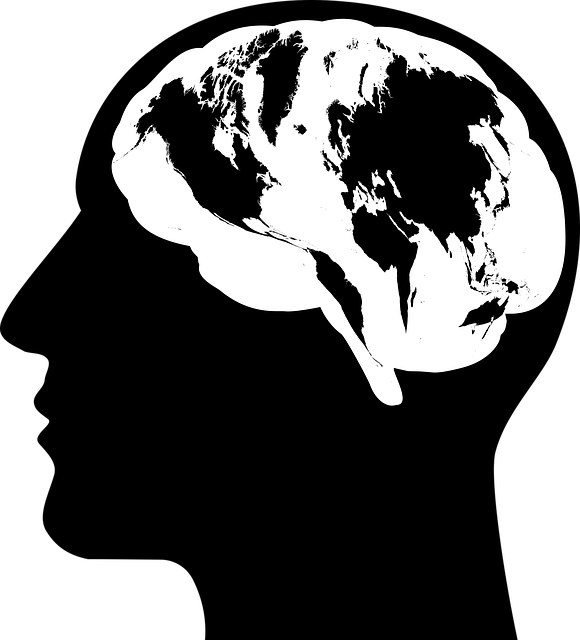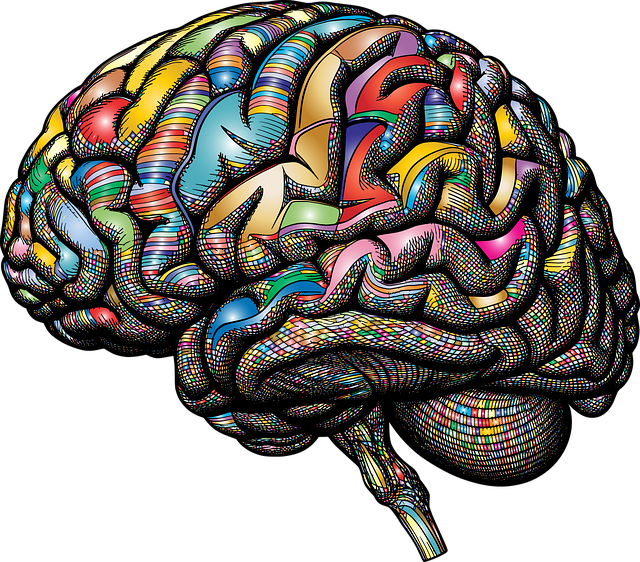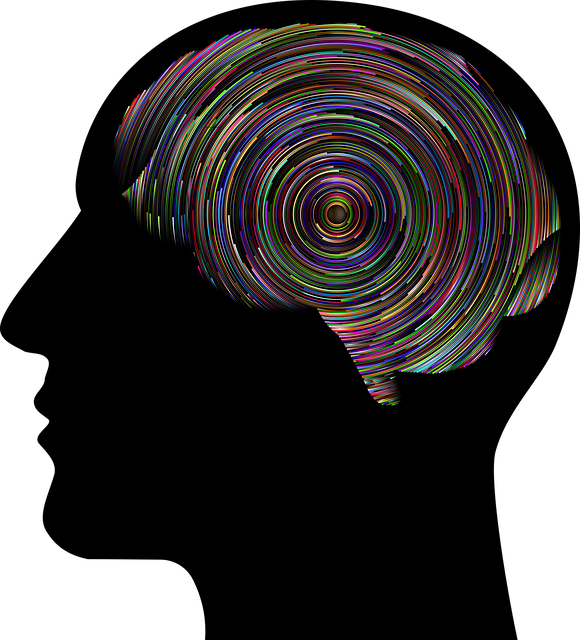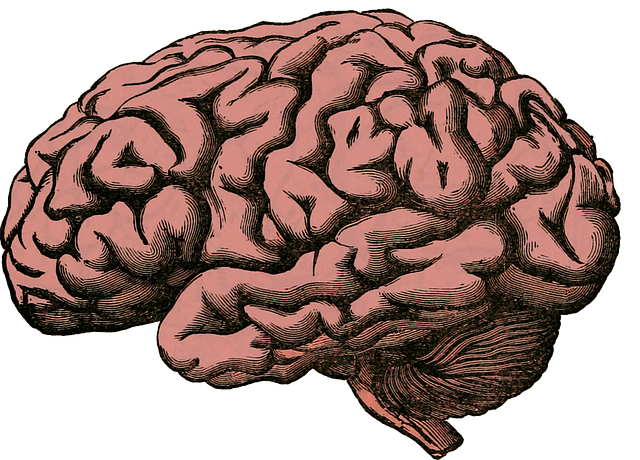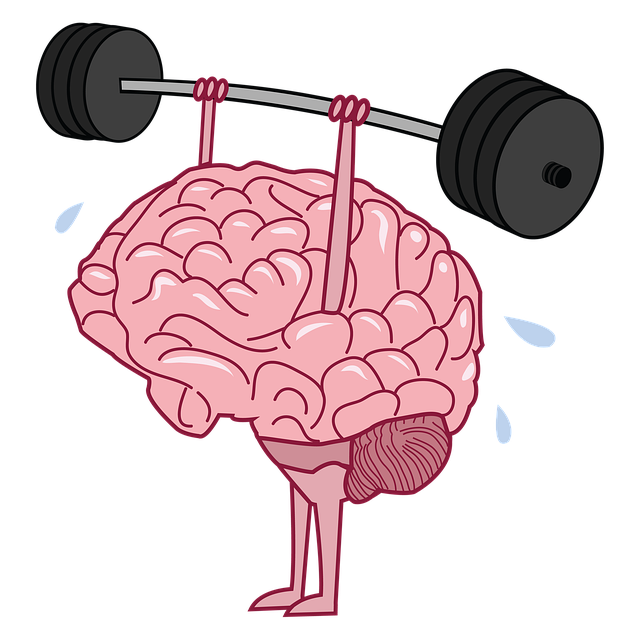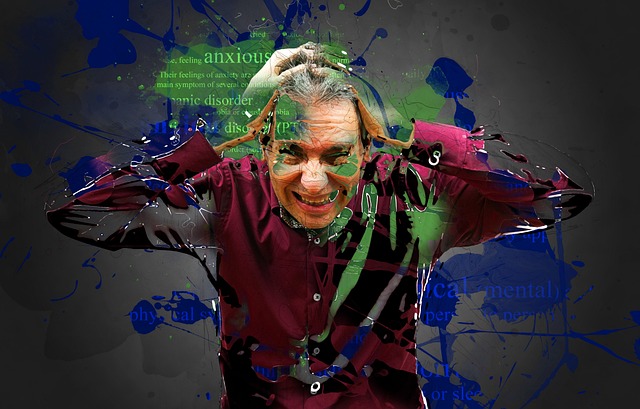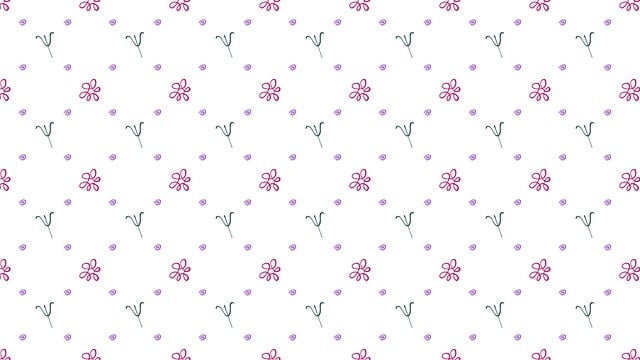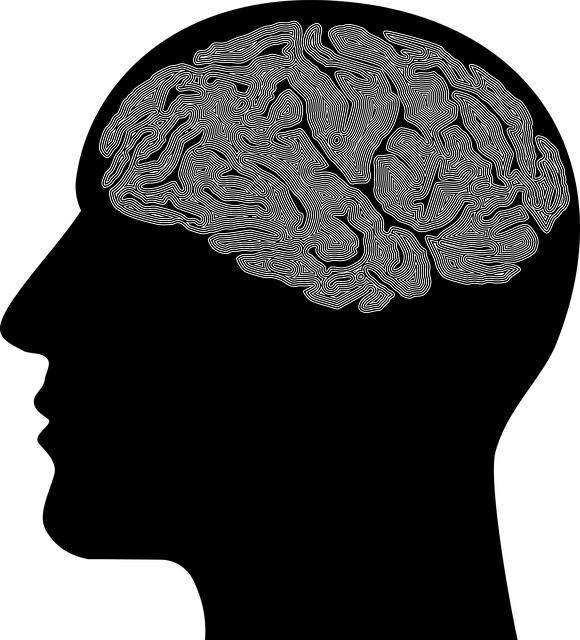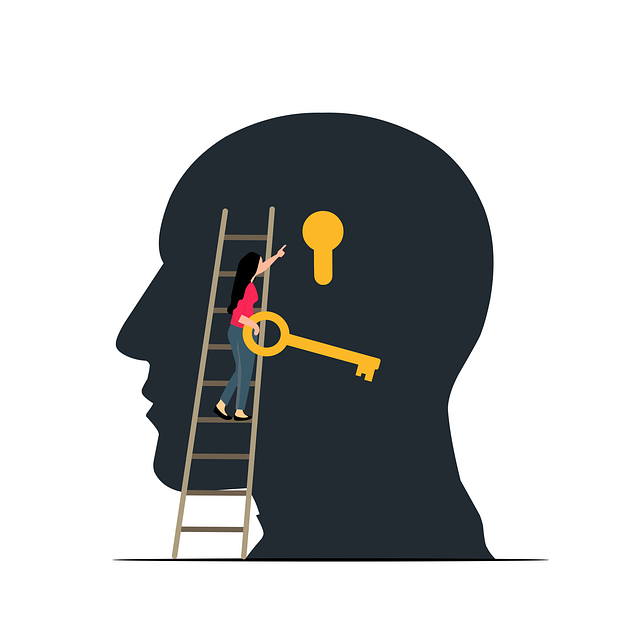The media's portrayal of mental illness significantly shapes public perception, often perpetuating stereotypes and misconceptions that have real-world consequences. By showcasing complex characters with unique stories related to their mental health in healthy relationships and through meaningful communication, especially during therapy, media can reduce stigma, normalize conversations about wellness, and inspire hope. Accurate depictions, such as those featuring lone figures with mental illness in supportive relationships, impact public discourse, encourage viewers to seek support, and advocate for improved mental wellness resources, particularly in remote areas like Lone Tree.
Mental illness representation in media has long been a topic of debate, with many portrayals falling short of accuracy. This article delves into the current state of mental health depiction in popular culture and offers solutions for improvement. We explore strategies to enhance accurate representations, focusing on the nuances of lone figures and interpersonal relationships.
Additionally, we emphasize the power of sensitive media portrayals in fostering open communication about mental health and encouraging access to therapy, ultimately challenging negative stereotypes and promoting understanding.
- Understanding Mental Illness Representation in Media: The Current State
- Strategies to Enhance Accurate Depictions: A Focus on Lone Figures and Relationships
- Empowering Communication and Access to Therapy through Sensitive Portrayals
Understanding Mental Illness Representation in Media: The Current State

The media plays a significant role in shaping public perception of mental illness. Currently, representation in films, television shows, and news outlets often falls short, perpetuating stereotypes and misconceptions. Common portrayals depict mental illness as either a fleeting phase or an inherently dangerous and unpredictable condition, rarely offering nuanced narratives that reflect the diverse experiences of individuals living with these challenges. For instance, media often focuses on extreme cases, such as violent outbursts or suicidal ideation, without adequately conveying the range of symptoms and recovery journeys. This has real-world implications, affecting how society views and treats people with mental health concerns, including lone tree couples facing communication issues or those seeking therapy for personal struggles.
Furthermore, the lack of accurate representation contributes to a culture of stigma, making it harder for individuals to come forward and seek help. Crisis intervention guidance and cultural sensitivity in mental healthcare practice are essential components that media can and should incorporate to foster understanding and empathy. By showcasing characters with mental illnesses as complex individuals with unique stories, media has the power to enhance mental health awareness and encourage support systems for those in need.
Strategies to Enhance Accurate Depictions: A Focus on Lone Figures and Relationships

In media, lone figures suffering from mental illness are often portrayed as isolated and dangerous, perpetuating harmful stereotypes. To challenge this, creators should focus on showcasing individuals in meaningful relationships, particularly with partners or support networks. Depicting healthy communication between characters, especially during therapy sessions, can normalize conversations about mental wellness and reduce the stigma surrounding it. By highlighting resilience building through these connections, stories can inspire hope and promote understanding of trauma support services.
Incorporating realistic portrayals of lone couples facing mental illness together, rather than as isolated heroes or victims, offers a more nuanced perspective. This approach emphasizes the importance of mutual support, shared experiences, and the power of open dialogue in navigating mental health challenges. Ultimately, these strategies contribute to a more accurate and compassionate representation of mental illness in media, fostering empathy and awareness among viewers.
Empowering Communication and Access to Therapy through Sensitive Portrayals

Sensitive portrayals of mental illness in media can significantly empower communication around mental health issues and open doors to access therapy for those struggling in silence. By presenting characters grappling with conditions like anxiety, depression, or psychosis with nuance and realism, media can challenge stereotypes and reduce stigma. This, in turn, encourages viewers who may be experiencing similar challenges to seek support and start their emotional healing processes.
Additionally, these representations can inspire Mental Health Policy Analysis and Advocacy, prompting discussions about improving mental wellness resources and services. The portrayal of therapy as a viable solution on screen can also desensitize audiences to the idea of seeking professional help, making it easier for individuals, especially those in remote areas like Lone Tree, to consider therapy as a valuable tool for managing their mental health. Even Mental Wellness Podcast Series Production can benefit from these sensitive depictions, offering creators content ideas and opportunities to further elevate conversations around mental illness.
Mental illness representation in media has come a long way, but there’s still work to be done. By focusing on accurate depictions of lone figures and their relationships, empowering open communication about mental health issues, and advocating for sensitive portrayals, we can create a more inclusive and understanding society. Breaking down stereotypes and challenging the stigma surrounding mental illness is crucial, especially when it comes to lone tree couples facing communication issues. Through these efforts, we can ensure better access to therapy and support for those who need it most.


